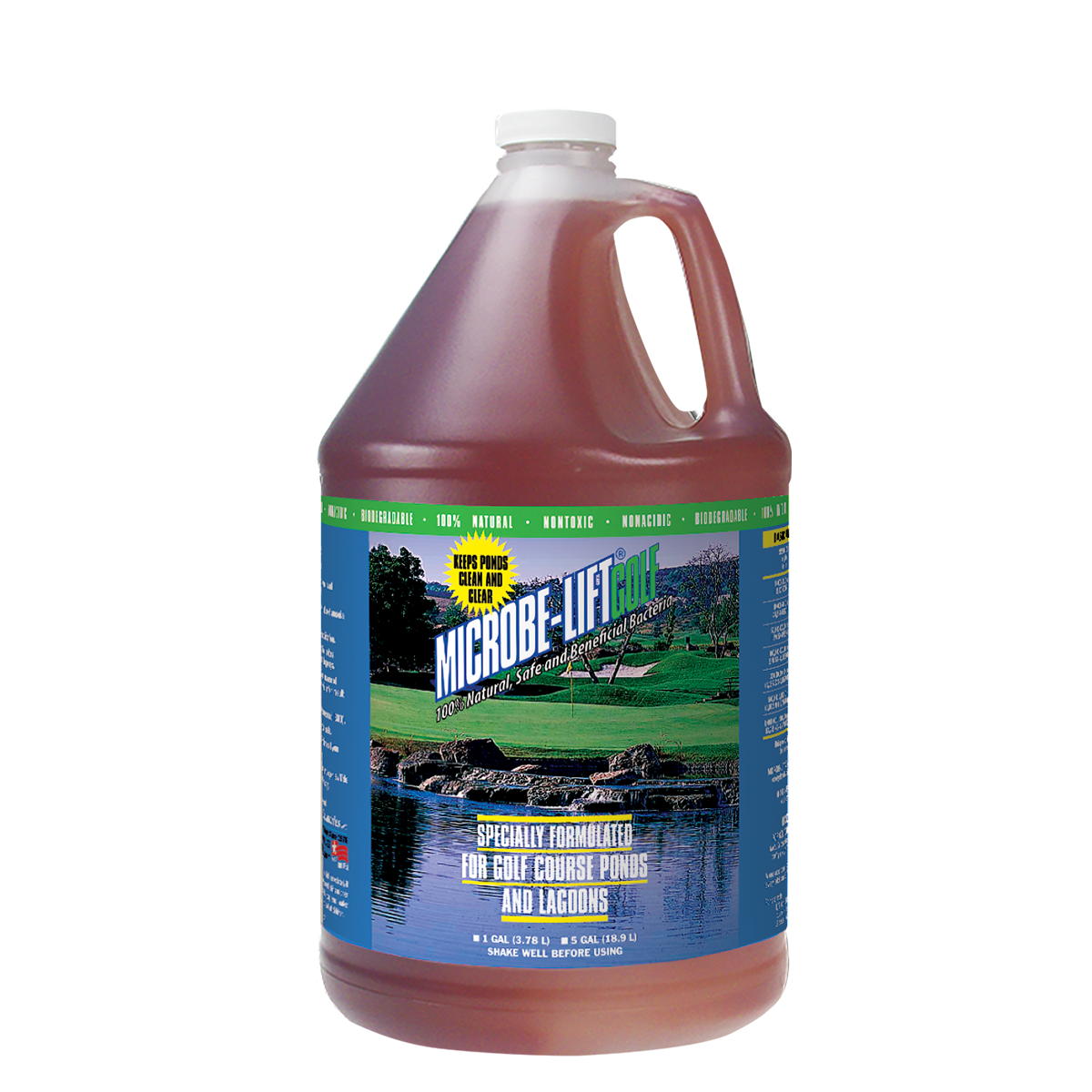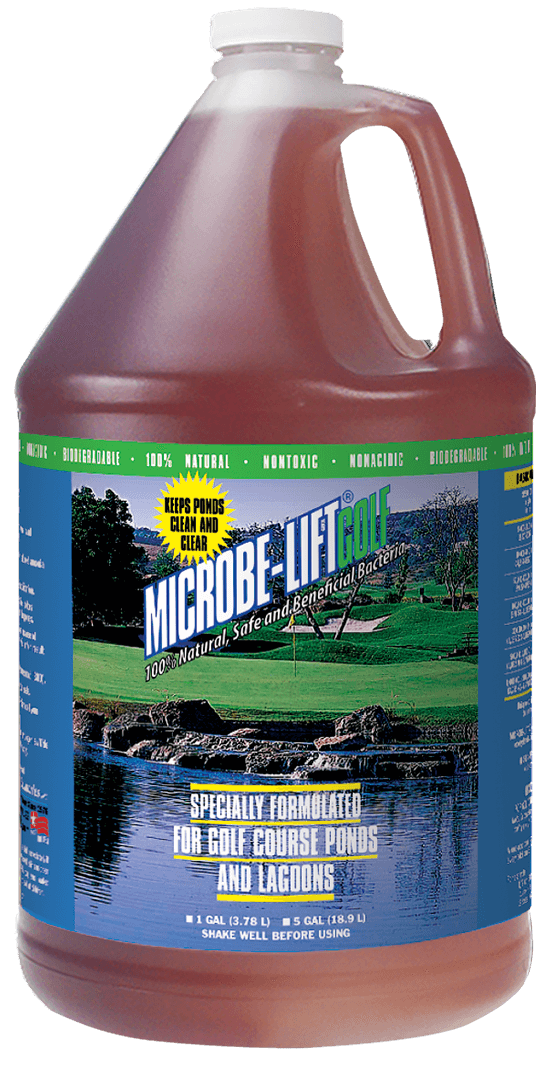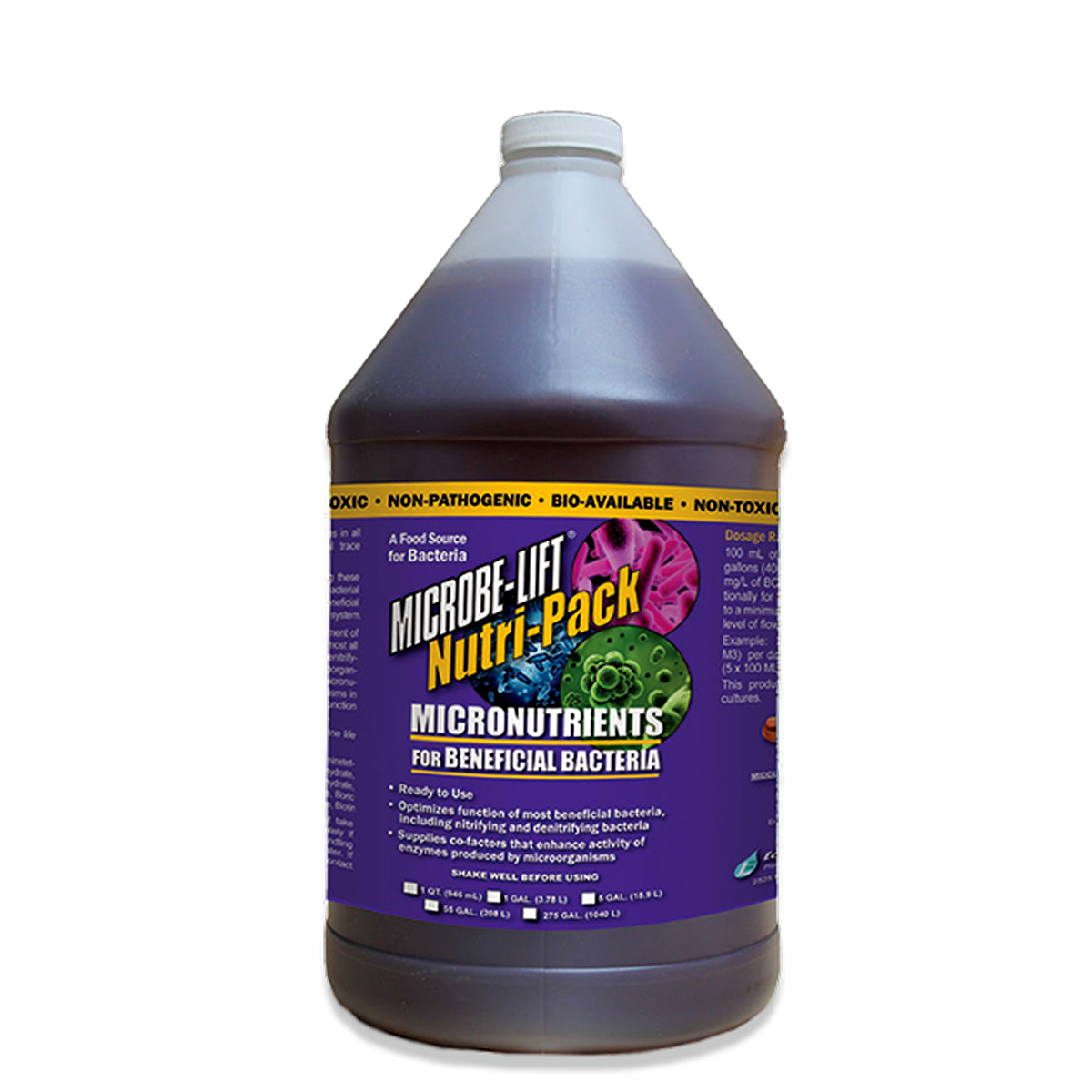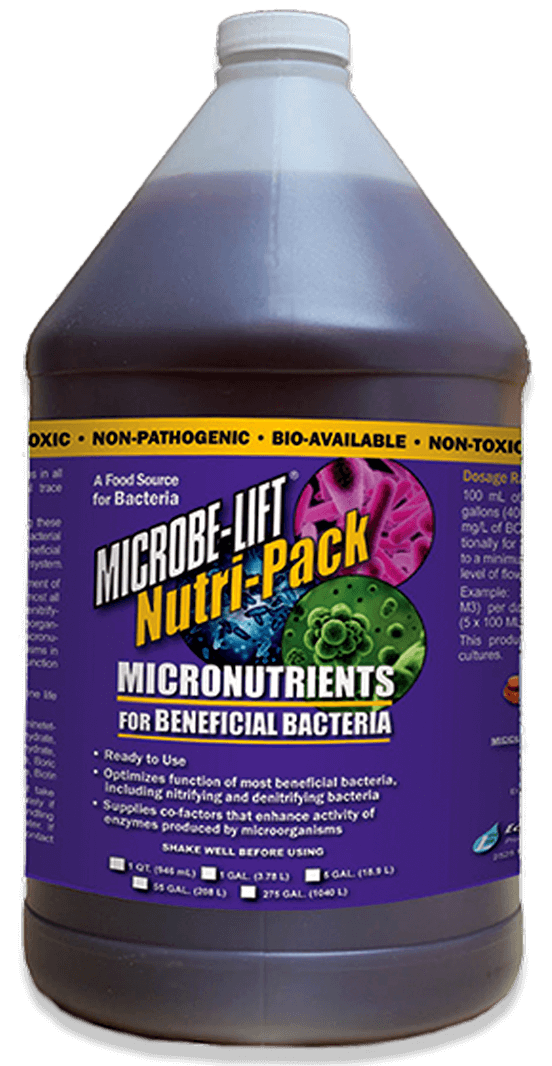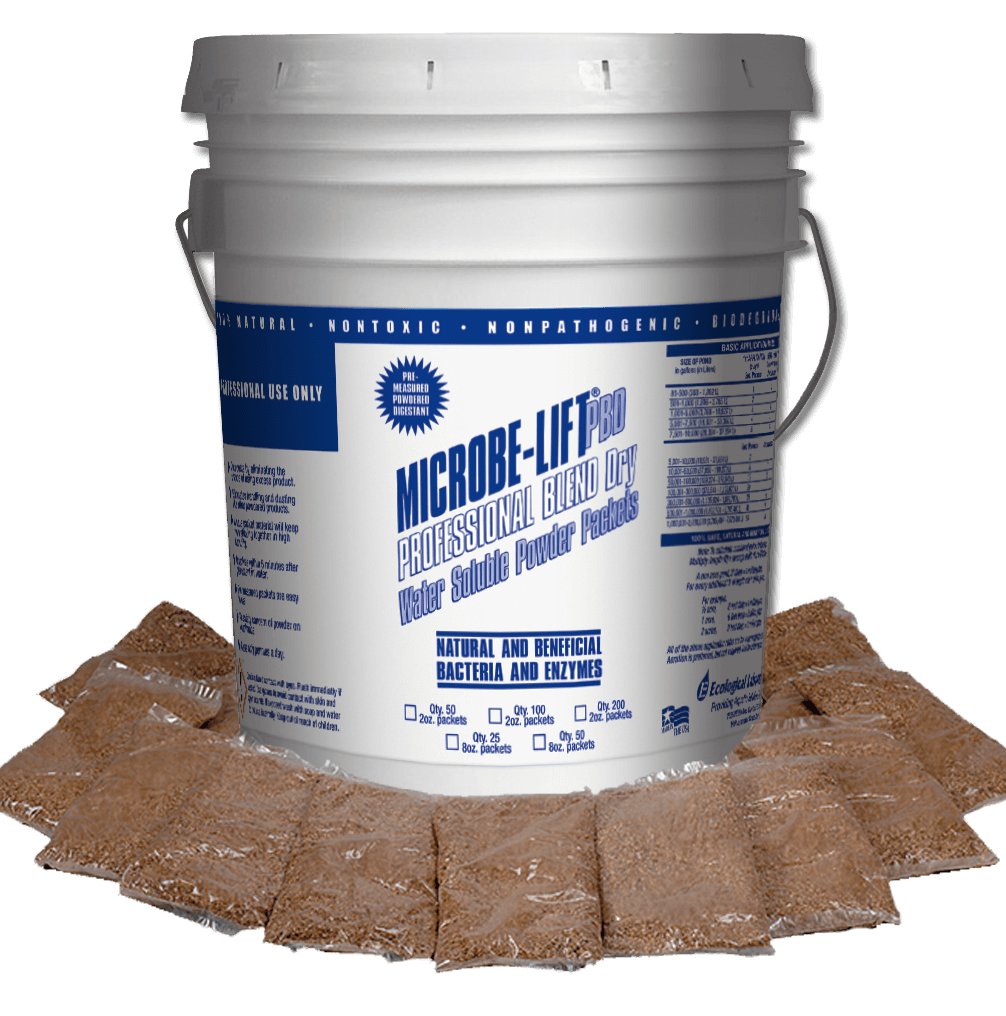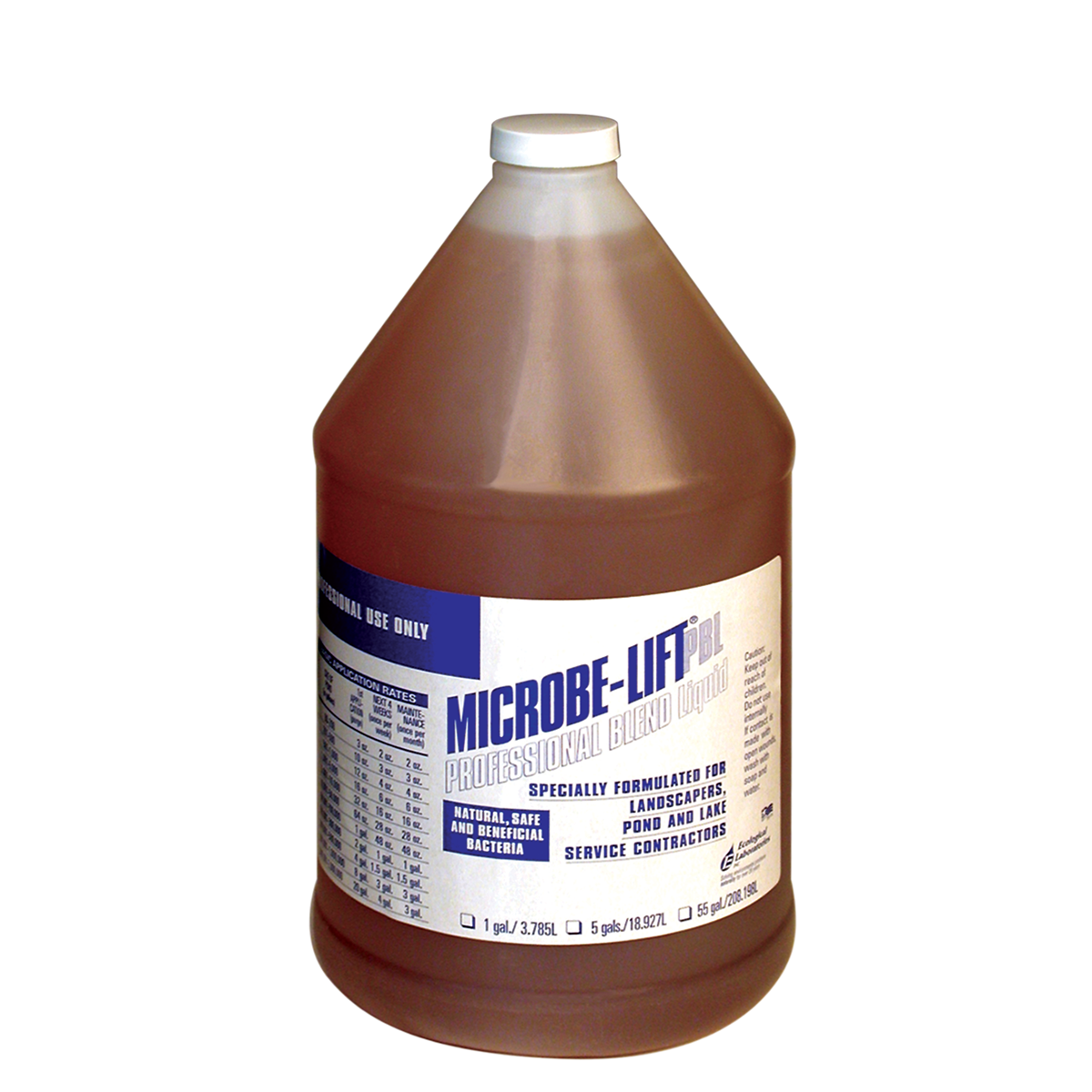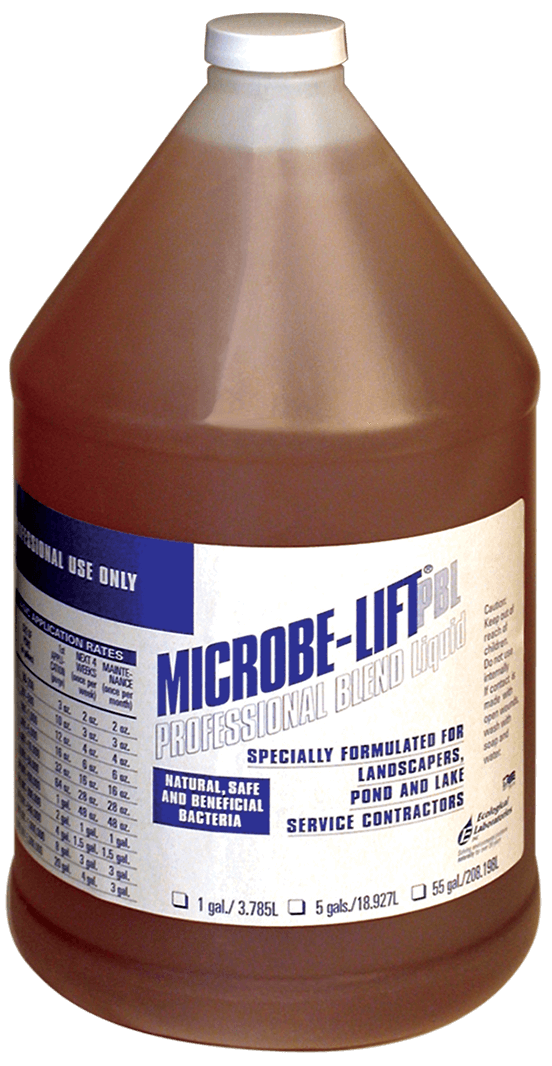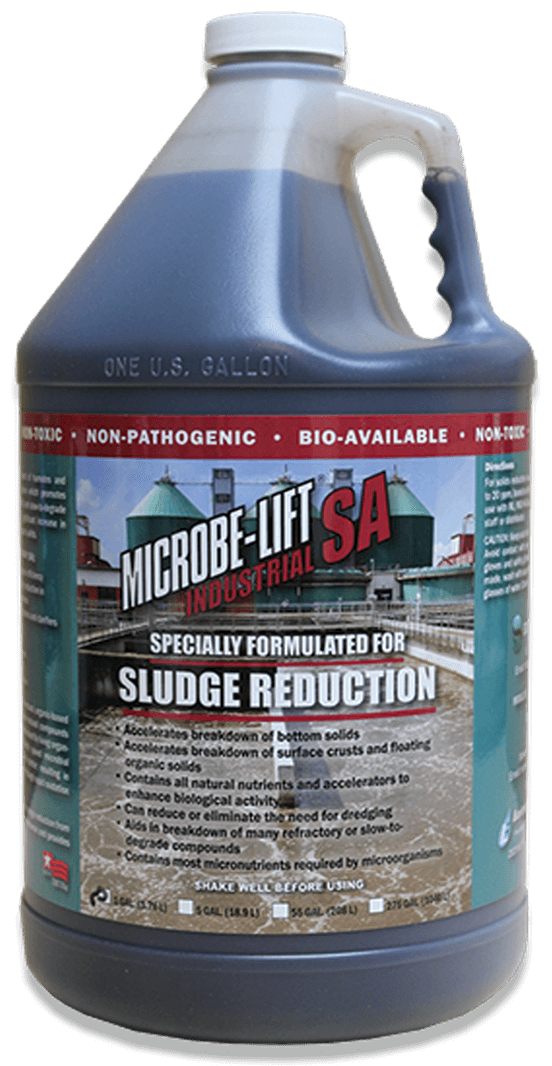Ecological Laboratories’ combined educated technical knowledge of the environmental process allows the company the ability to address and resolve a wide range of difficult to resolve environmental problems to include, but not limited to aquatic ecosystem water restoration, the enhancement of wastewater processes, soil bioremediation, agriculture soil and plant enhancement. These unique capabilities are the result of Ecological Laboratories' Environmental Team undergoing rigorous in-house education training that combines their university knowledge with a full understanding of practical environmental processes achieved through real world exposure to factors responsible for the causes of difficult to resolve environmental problems.
BENEFITS
ELI’s technology restores ecosystem by promoting a more rapid removal of organic waste matter combined with the recycling of nutrients achieving a natural recovery process.
This technology restores water quality, recycles nutrients, reduces bottom solids, reduces odorous gases, controls and eliminates pathogens and reduces or controls green water events that lead to eutrophic conditions.
A novel technology that restores aquatic ecosystems via biological processes, achieving water detoxification by natural microbial reduction of waste matter, with assured nitrification and denitrification for natural biological organic and nutrient control.
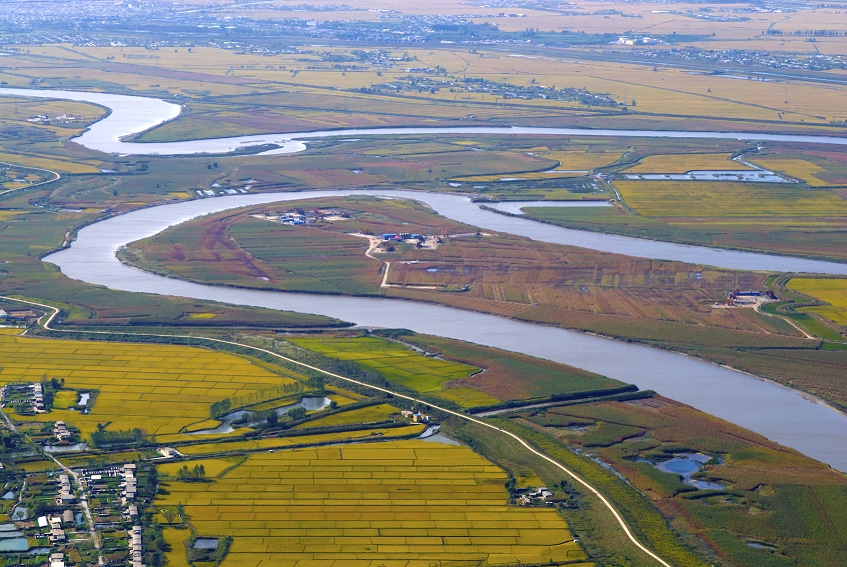
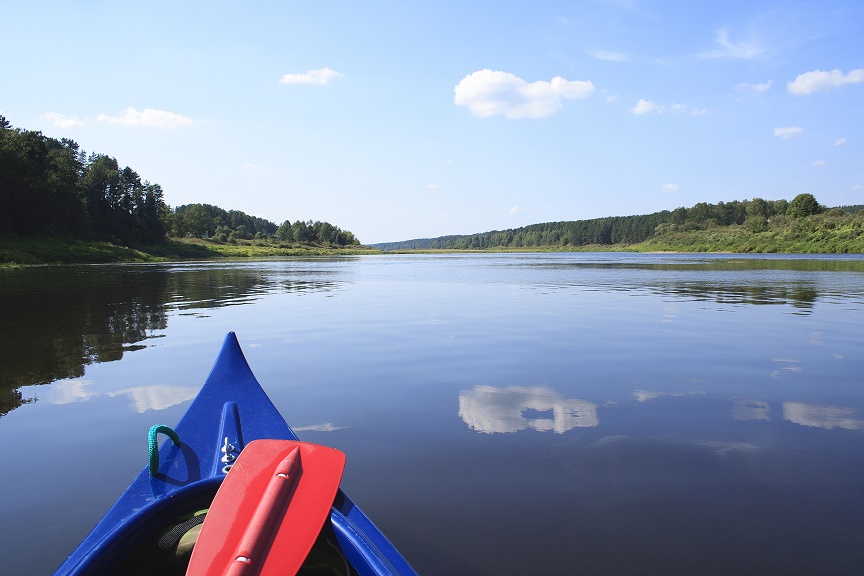
MICROBE-LIFT® Technology for the 100% natural restoration of health, quality, and ecological balance to polluted waterways including:
- Ponds
- Rivers & Streams
- Retention Ponds
- Estuaries
- Municipal Waterways
MICROBE-LIFT® Technology is the best choice for achievement of:
- Cost Efficiency
- Environmental Safety
- Superior Biological Sludge Removal
- Toxins & Pollutants Removal
- Elimination of Odor
- Restoration of Aquatic Life
- Digestion & Recycling of Organic Wastes
MICROBE-LIFT® Revives Pond at the Sanctuary Housing Development in Jacksonville, Florida
Location: Sanctuary Housing Development, Jacksonville Beach, FL
Background: Sanctuary housing area was developed in the early 1990’s along the inter-coastal waterway. This development had a 2-acre pond surrounded by homes that are 10 to 15 feet away from the edge of the pond and pollution was a problem. At this point there was active construction on the last phase of the housing development. They had experienced 3 fish kills between August 2004 and March 2007.
The primary points of pollution are fertilizer run-off and grass clippings from lawn care companies, debris from neighborhood trees, dust blowing into the pond from the construction site and fill material leaching into the pond through the silt fence from the construction site. A company that used copper sulfate and blue dye to abate algae had previously treated the pond with less than satisfactory results.
In search alternative remediation technology, the management company discovered MICROBE-LIFT® technology. MICROBE-LIFT® (ML) is a series of biological products developed and manufactured by Ecological Laboratories Inc. (ELI).
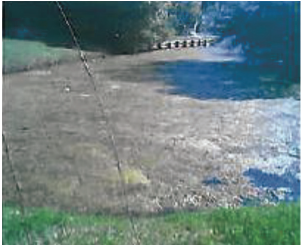
Before Treatment

After Treatment
Objective: When contacted, ELI’s technical staff assessed that the pond had a very large amount of string and mat algae. Additionally, the proximity of the houses to the pond provided significant nitrogen and phosphorus loading. ELI physically removed approximately 50% of the algae from the pond by raking it from the bank before implementing a MICROBE-LIFT®. treatment program.
Results: The pond treatment was initiated in April 2007. The pond has not had one fish kill since initiation of treatment. After October, the overall aquatic conditions of the pond and the ecosystem were significantly improved. Continued maintenance dosage will improve water clarity as construction activity continues and supplies dust and run-off to the pond. Additionally, as the pond goes through a turbidity causing inversion during cold weather the maintenance dosage will help restore and maintain water clarity.
Bioremediation of Occom Pond at Dartmouth College Clears Water
Location: Occom Pond, Dartmouth College, NH
Background: Pine Park is a ninety‐acre forest of 125‐year-old
pine trees at Dartmouth College. This park begins at the north end of campus, along the edge of the Hanover CountryClub golf course, and extends along the Connecticut River from Ledyard Canoe Club northward. The trees were saved from the Diamond Match Company in 1900 by local residents who later turned the land over to the College and to the Town of Hanover. The park is a pristine area where forest and river ecosystems
interface, home to a rich mix of water and forest wildlife. Many trails that wind through the woods provide excellent walking, cross-country skiing and jogging often with a spectacular sense of isolation from the human world. This site includes a 10-acre pond designed to add to its enjoyment. Unfortunately the pond had not been well maintained. It had built a large layer of bottom sludge; the water had turned murky, and algae contributed to surface scum, and a malodor had developed. With limited budget and the size of the pond it was doubtful if it could ever be returned to its pristine state.
Objective: The College worked with Ecological Laboratories (ELI) to develop a biological augmentation program using MICROBE-LIFT® technology to clean the pond. The purpose of the program was to speed the biological degradation of all accumulated organic matter within the pond’s ecosystem: along the shore (littoral zone), on the surface of the open water (limnetic zone), and the bottom sediment (benthic zone).
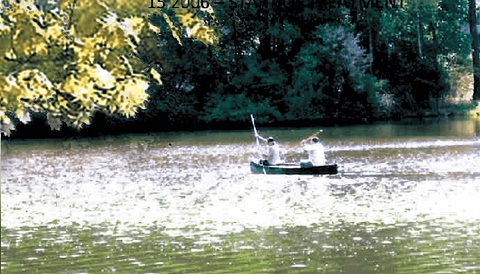


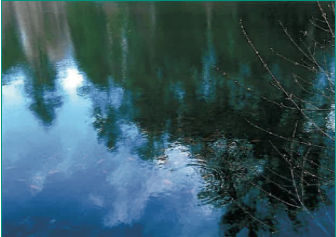
The program called for a year‐long treatment initiated during the summer months.
Program goals include:
- Reduce bottom solids 6-18” over a 12 month period
- Assist in controlling green water water events, in combination with pond management steps
- Reduce pond malodors
- Achieve a reduction of at least 20% in BOD, COD, and SS
- Reduce pond nutrient concentrations
Results Achieved: During the first phase of the bio-augmentation program from May to October 2006, the Occom Pond area experienced heavy rainfall with a reported 8 to 9 inches above average rainfall (reference “Rainfall in Lebanon, NH”) The heavy rainfall impacted water volume and organic content as expressed by BOD, COD, SS, and TSS, and increased nutrient levels through excessive run-off from the surrounding area. There were no buffer zones to protect the pond from fertilizer and pesticide run-off.
Occom Pond’s bottom solids level and percent organic content were determined at various points as indicated in the sediment chart. The first recorded baseline start points were incorrect due incorrect use of the sludge judge. Therefore bottom solids data review should be compared to the high data points shown about May 20th. This data point represents true baseline levels as determined prior to the first treatment on May 24th. Thereafter, solids data was compiled and monitored twice a month following the start of treatment.
Data indicates that bottom solids were reduced significantly during the treatment phase. This was accomplished in spite of excessive rainfall. Microbial metabolism will continue to breakdown organic solids until mineralization is achieved, leaving only the inorganic portion of the sludge. The percentage of organic solids in the sludge determines the potential for biological removal. The data below indicates the organic portion of Occom Pond sediment is high, thus, the potential for a successful biological removal of sludge is high. ELI estimates that it is reasonable to expect up to 6 to 12 inches of removal per year depending on temperature and other environmental factors.
During the biological oxidation of sludge organics, by-products will be released to the water column increasing the organic loading (BOD, COD) on the microbes in the water phase. This release may temporarily increase BOD results until the microbial activity from the bioaugmentation program balances. The spikes in BOD in the above graph also coincide with high rainfall as the influent water carries organics in both particulate (settleable) and soluble form. The South influent zone indicates that the heavy rain events may have contributed unusually high organic matter to both pond water and sludge.
Nutrients were also tracked in the water phase. Ammonia levels are primarily developed by biological breakdown of organics containing nitrogen releasing ammonia or deamination. Various microbial metabolic processes can convert ammonia to nitrate, a form that can be utilized by plants or microbes or microbes can convert it completely to nitrogen gas whereby it is returned to the atmosphere. Since the Occom Pond has excess nutrients, microbial action is necessary to remove nitrogen.
Conclusions and discussion:
This first phase of treatment with MICROBE-LIFT® technology was designed to span a period of twelve months. This report summarizes the first six months of treatment with a significant data collection plan. The goals were enhanced water quality, odor reduction and a primary goal of achieving a reduction in the level of bottom solids.
During this first six-month treatment, the augmentation program was negatively impacted by above average rainfall. The heavy rain events were countered by revisions in the treatment programs via changes in the application rates and time of application to assure the most effective treatment.
Based on the data collected, the bio-augmentation program has progressed at a satisfactory rate. Most impressive was the bottom solids reduction while still improving the water quality. In addition, the program achieved odor reduction by eliminating the hydrogen sulfide and other septic odors, and controlled the development of surface scum when compared to the pond history before treatment.
